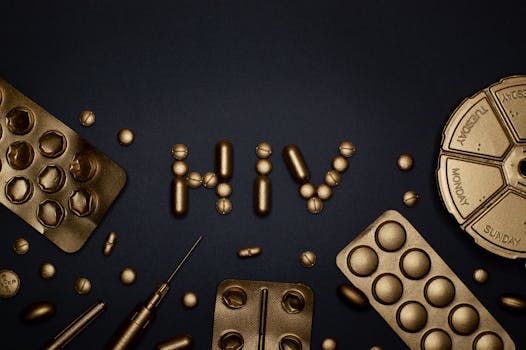
Introduction

The science behind vaccines is a crucial component of public health, serving as a primary method for disease prevention. Vaccines stimulate the immune system to recognize and combat pathogens, ultimately protecting individuals and communities.
Understanding Vaccines

Vaccines are biological preparations that provide acquired immunity to a particular infectious disease. They contain antigens derived from the disease-causing organism, which prompts the immune system to respond. This response results in the production of antibodies, creating a memory that helps the body fight off future infections.
Types of Vaccines
There are several types of vaccines, including inactivated, live-attenuated, subunit, and mRNA vaccines. Each type works differently but aims to achieve the same goal: immunity.
The Role of Vaccines in Public Health

Vaccination programs are instrumental in controlling and eradicating infectious diseases. Public health initiatives often focus on increasing vaccination coverage to achieve herd immunity, which occurs when a significant portion of the population is immune, thus protecting those who are not vaccinated.
Herd Immunity
Herd immunity is vital for protecting vulnerable populations, such as infants, the elderly, and individuals with compromised immune systems. When vaccination rates are high, the spread of disease is significantly reduced, leading to lower infection rates.
Challenges and Misconceptions

Despite the clear benefits of vaccines, misinformation and vaccine hesitancy pose significant challenges to public health. Addressing these misconceptions through education and outreach is essential for improving vaccination rates.
Addressing Vaccine Hesitancy
Public health officials must engage with communities to provide accurate information about vaccine safety and efficacy. Building trust and understanding the concerns of individuals can help mitigate hesitancy.
Conclusion

The science behind vaccines is a powerful tool in promoting public health. By understanding how vaccines work and their impact on disease prevention, we can better appreciate their value in safeguarding our communities. Continued education and outreach are essential in overcoming challenges and ensuring high vaccination rates, ultimately leading to healthier populations.





